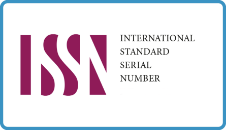Implementasi Metode Penugasan untuk Meningkatkan Kemampuan Melakukan Wawancara untuk Mahasiswa STAB Maitreyawira
DOI:
https://doi.org/10.69607/jm.v2i2.40Keywords:
implementasi, metode penugasan, kemampuan wawancaraAbstract
Based on the initial observations that the author made to the first semester students of the 2020/2021 Academic Year on August 12, 2020, it was found that the results of interviews conducted by students still had to be improved. The method in this research is Classroom Action Research. Then the subjects in this study were 30 students of STAB Maitreyawira T.A. 2020/2021 Semester I who take Indonesian language courses. The place of this research is at STAB Maitreyawira. The time of this research is from September to November 2020. The instrument in this study is the Research Instrument in the Form of Student Interview Tasks. The results of this study are the results of preliminary observations before the application of the assignment method is that there is no number of students who get an interview score of 65 (0.00%). Then in the first cycle the number of students who obtained an interview score of 65 was as many as 26 students (86.67%). In the second cycle, the number of students who obtained a daily test score of 65 was 30 students (100%). The conclusion of this study is that the interview is an oral question and answer process between two or more people to find out a person's responses and opinions on an object. Implementation of the Assignment Method can Improve the Ability to Conduct Interviews for STAB Maitreyawira Students in Indonesian Language Courses.
KATA KUNCI: implementasi, metode penugasan, kemampuan wawancara










